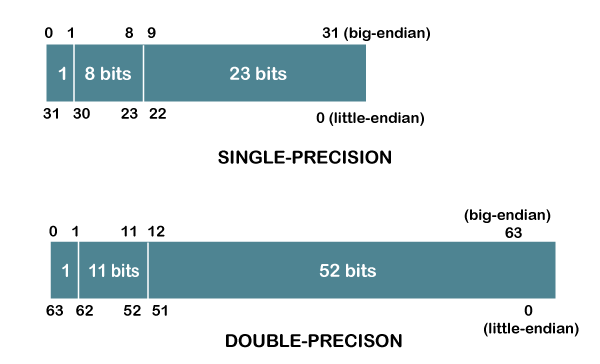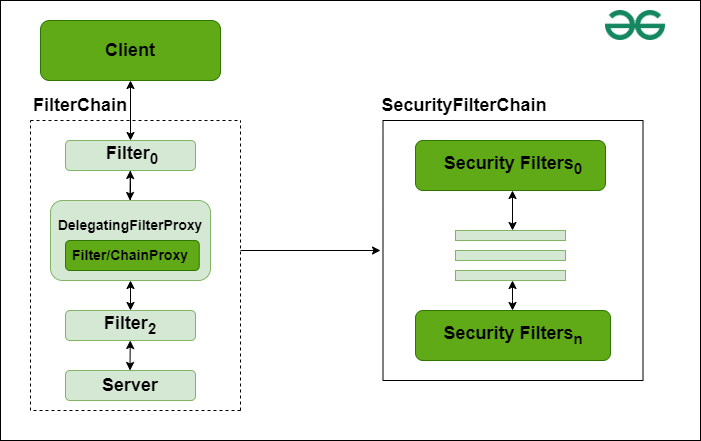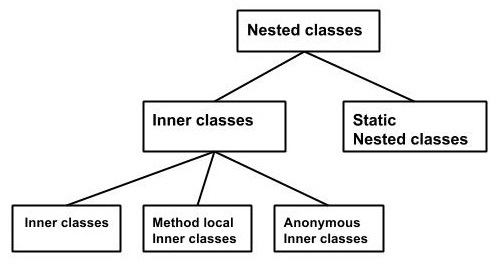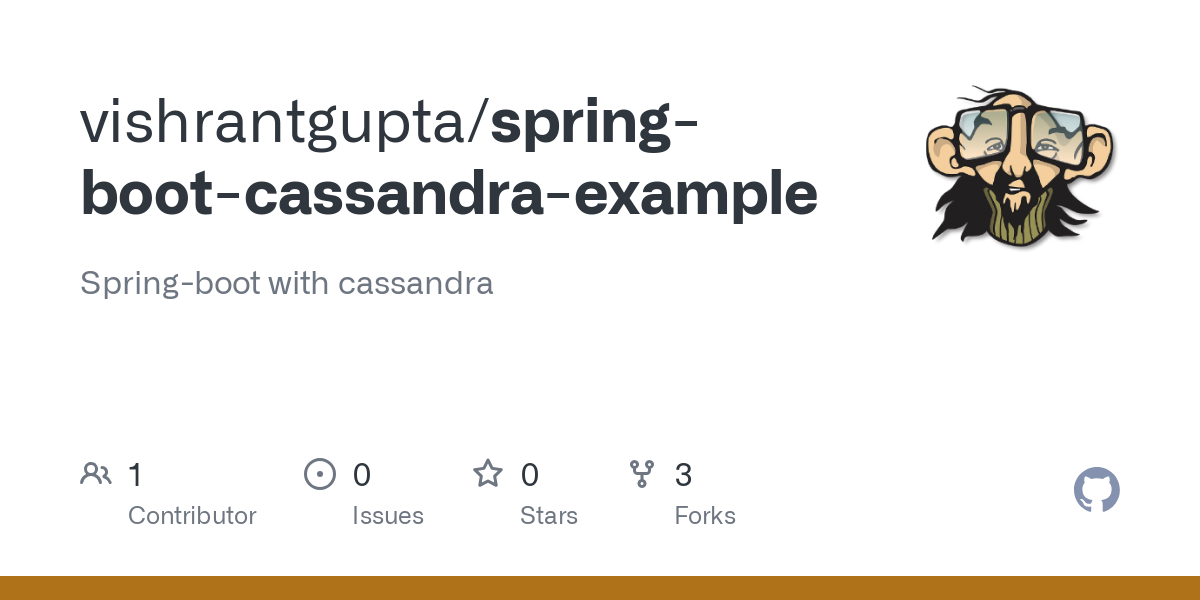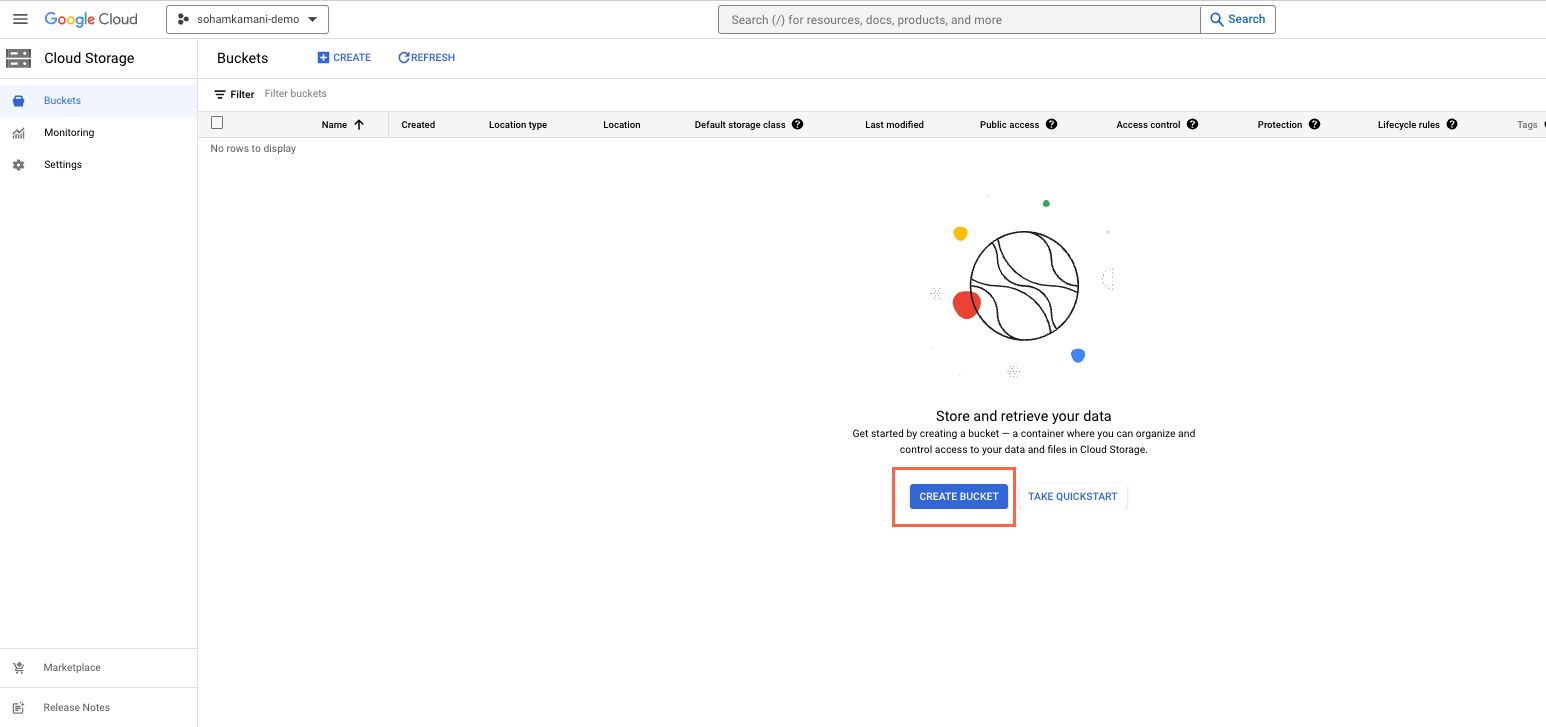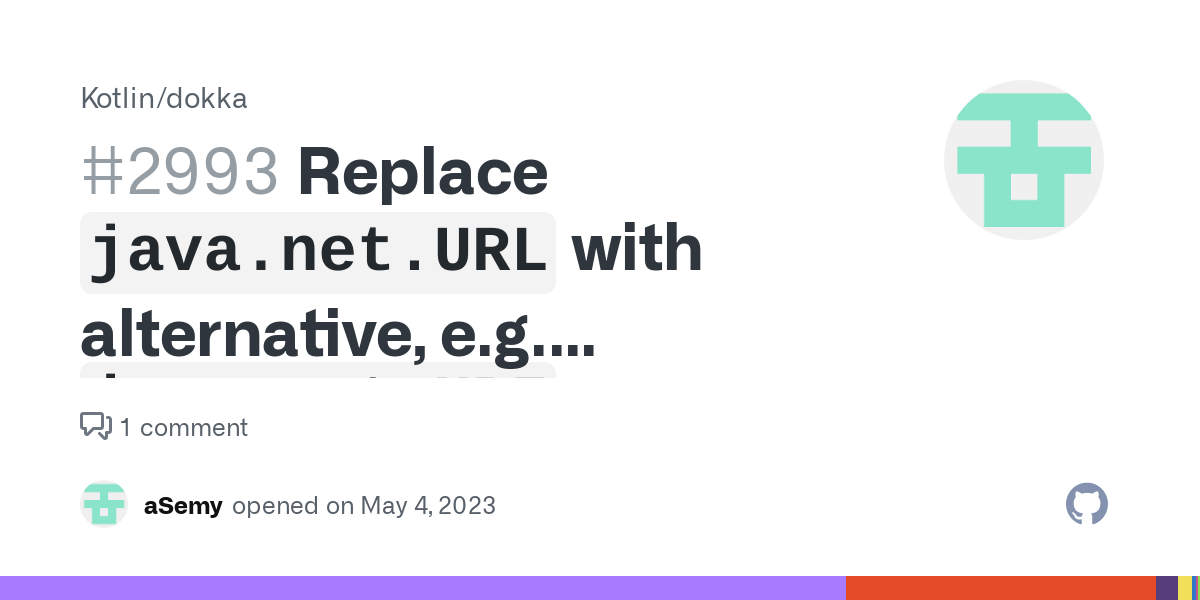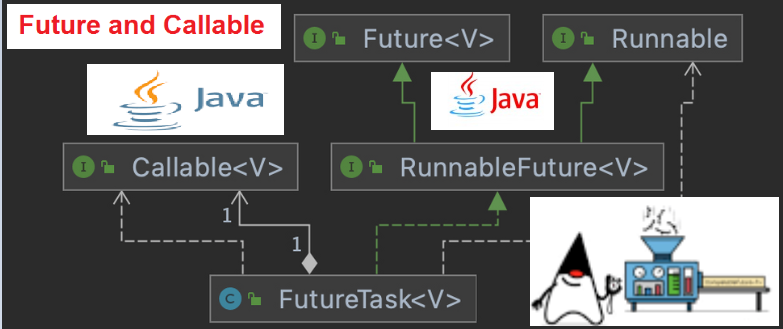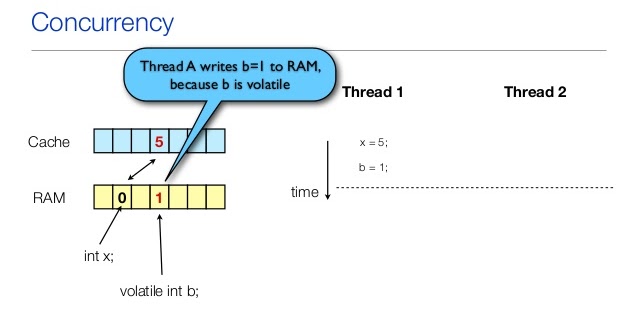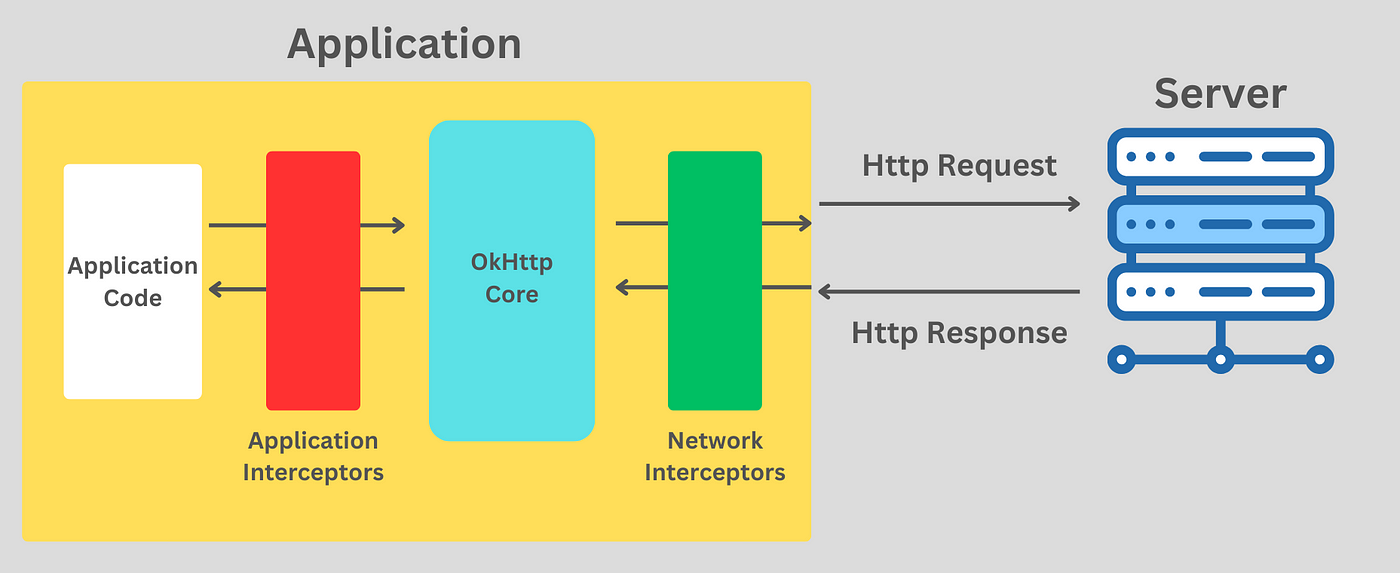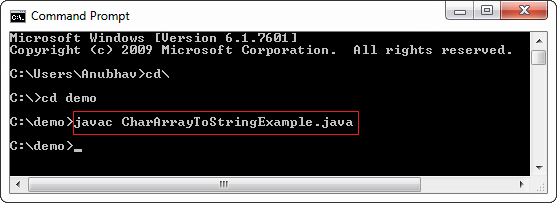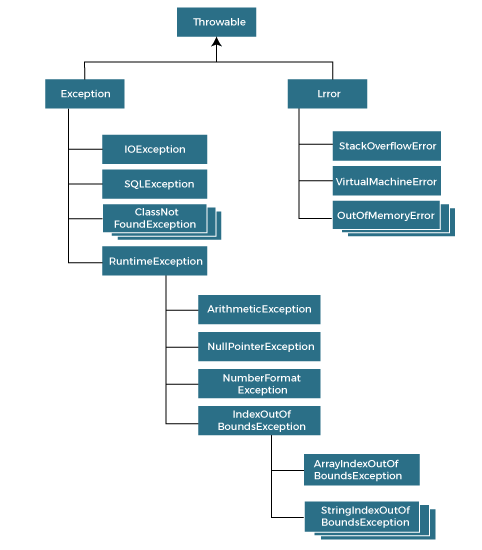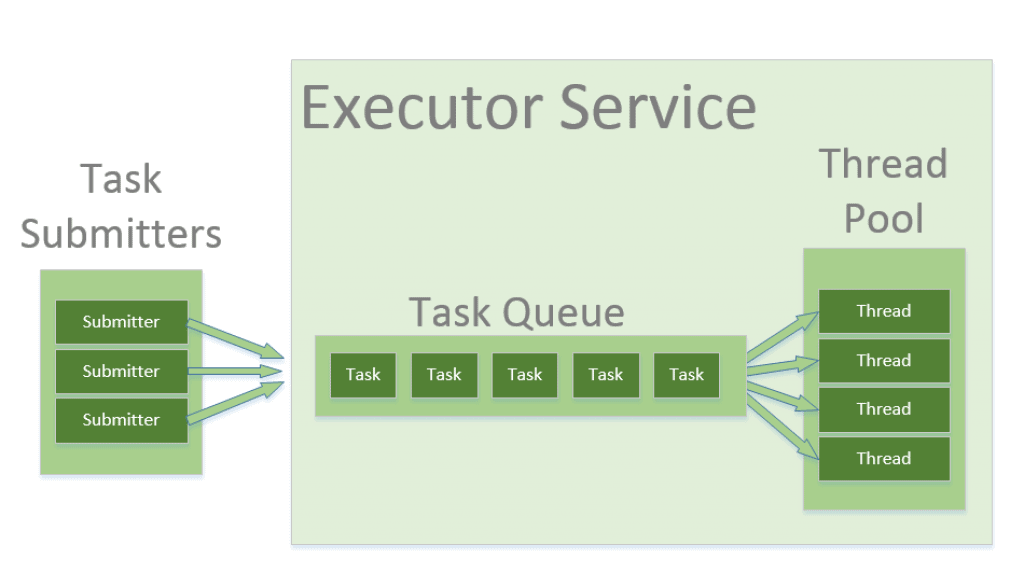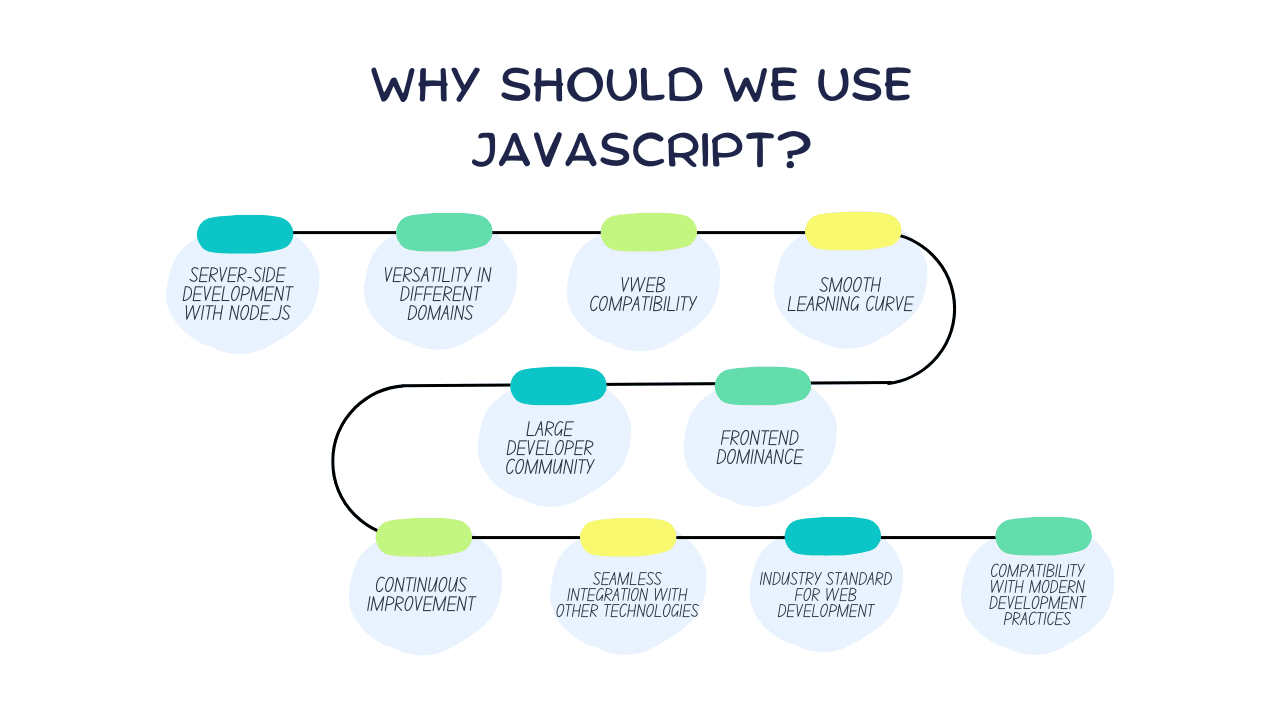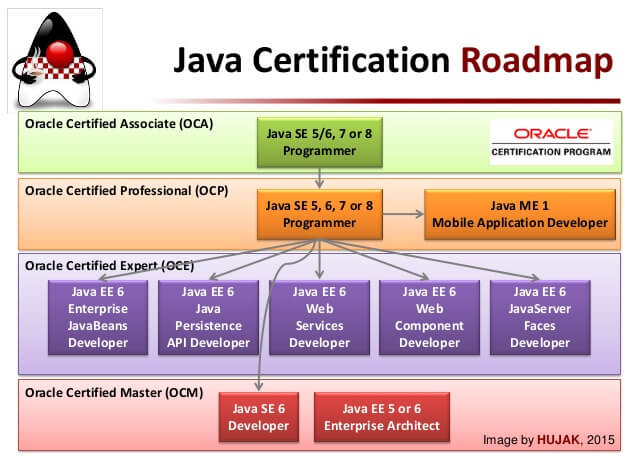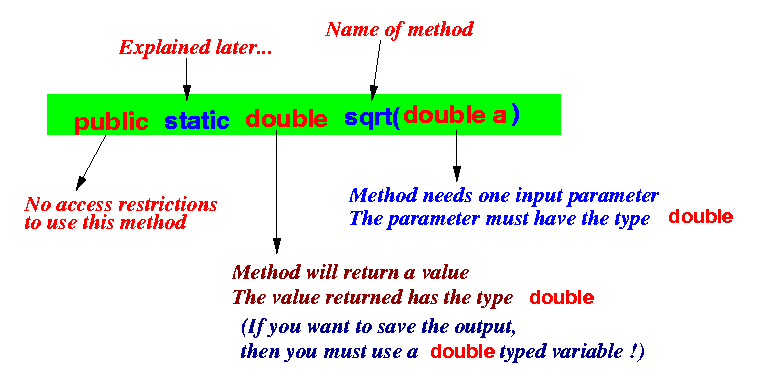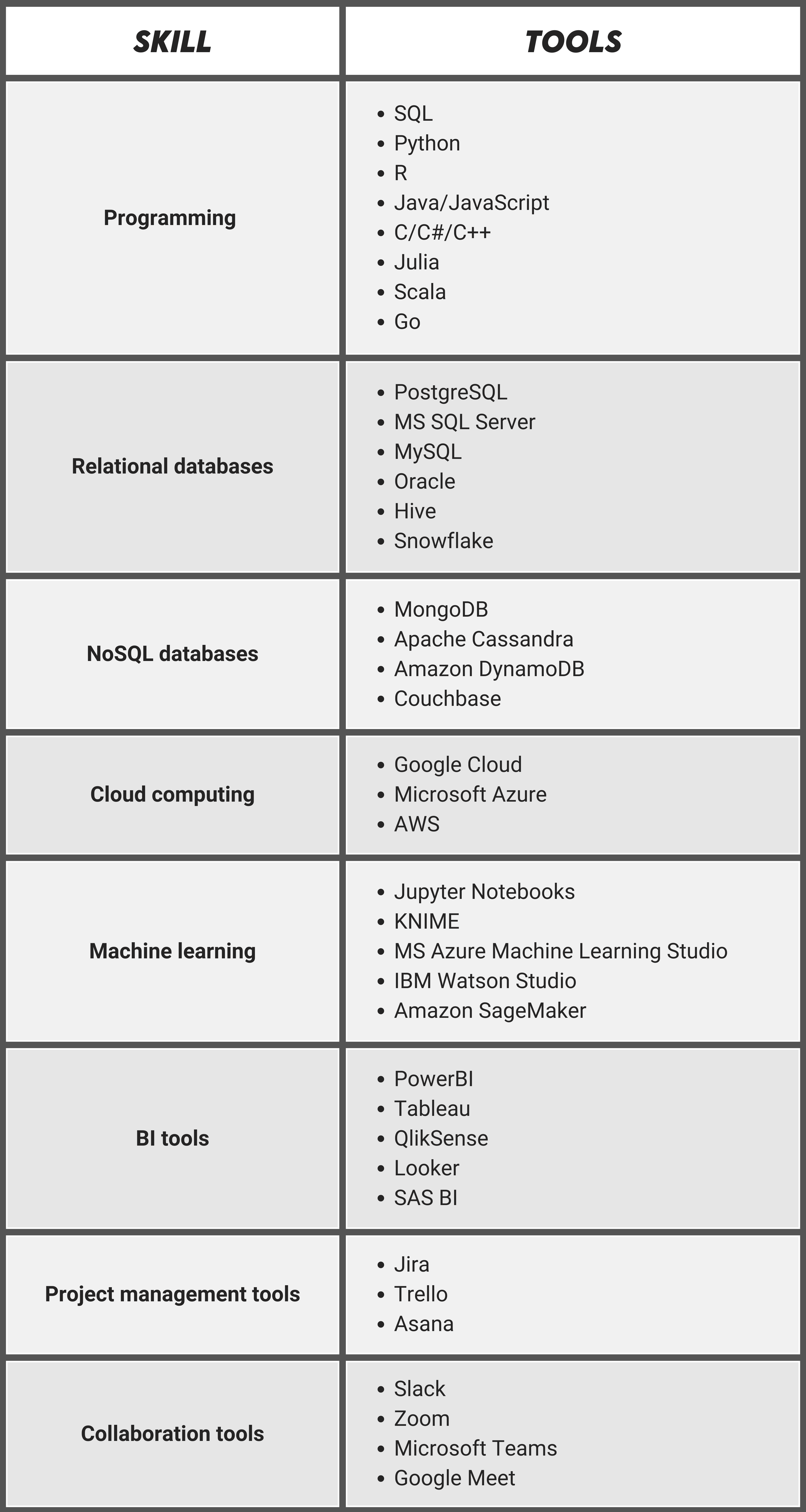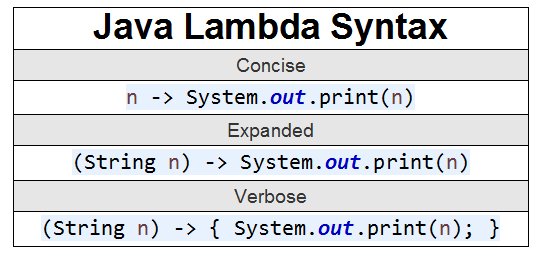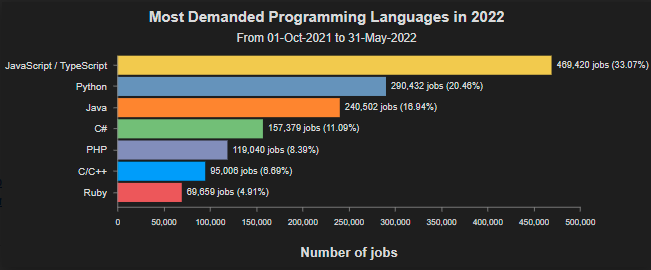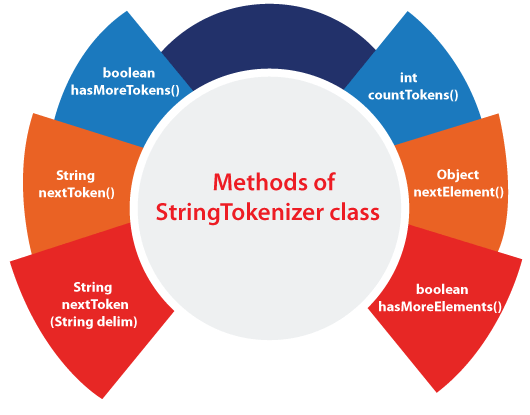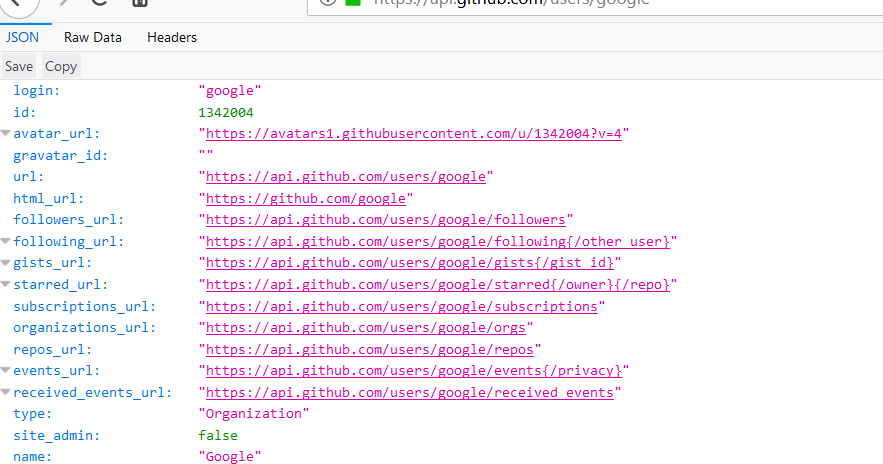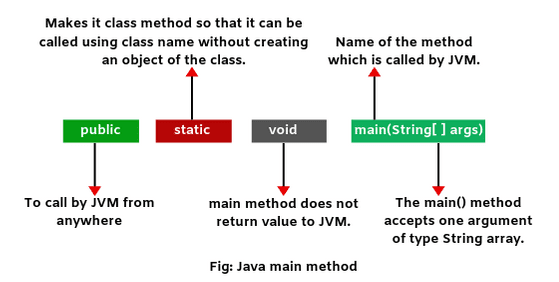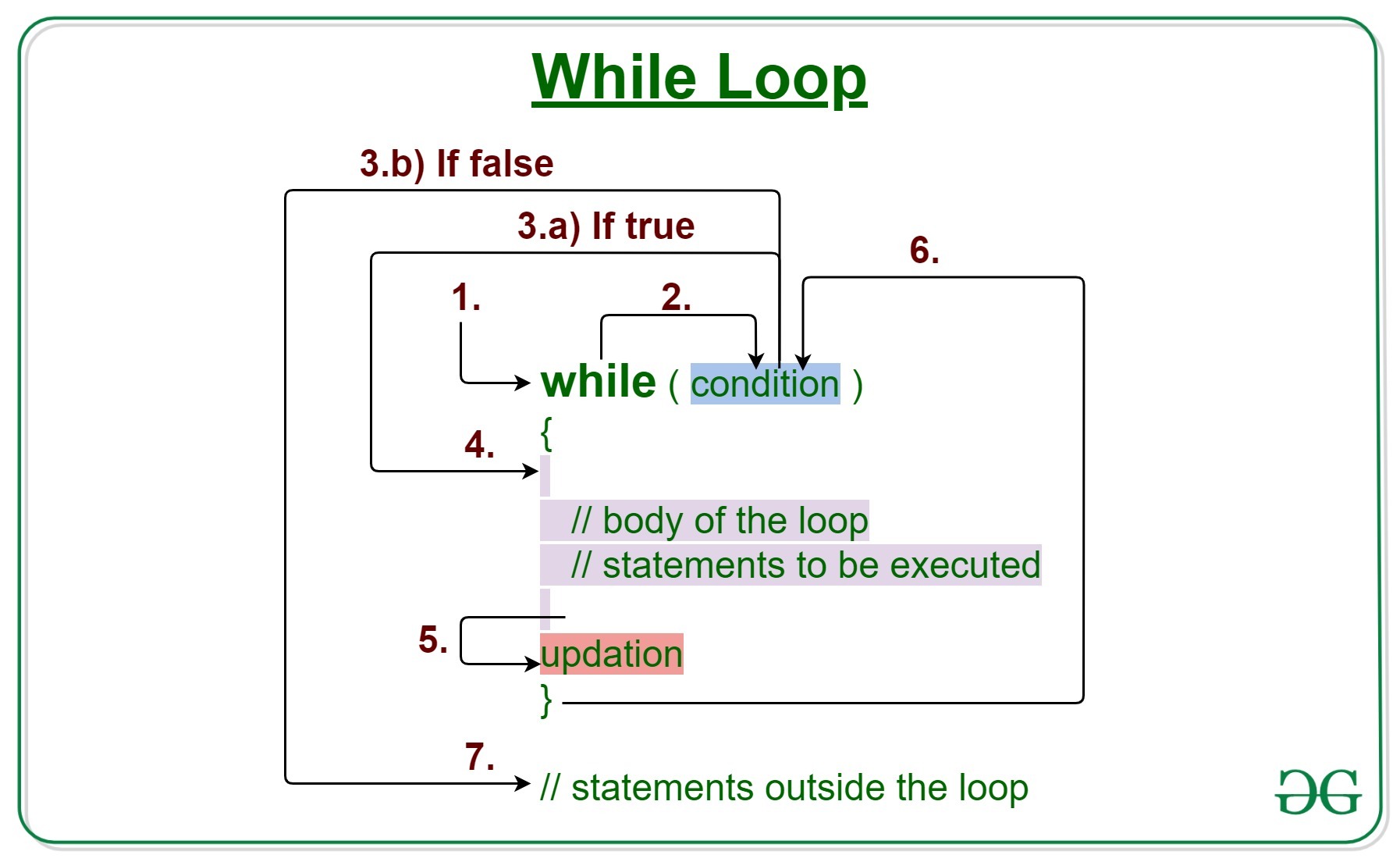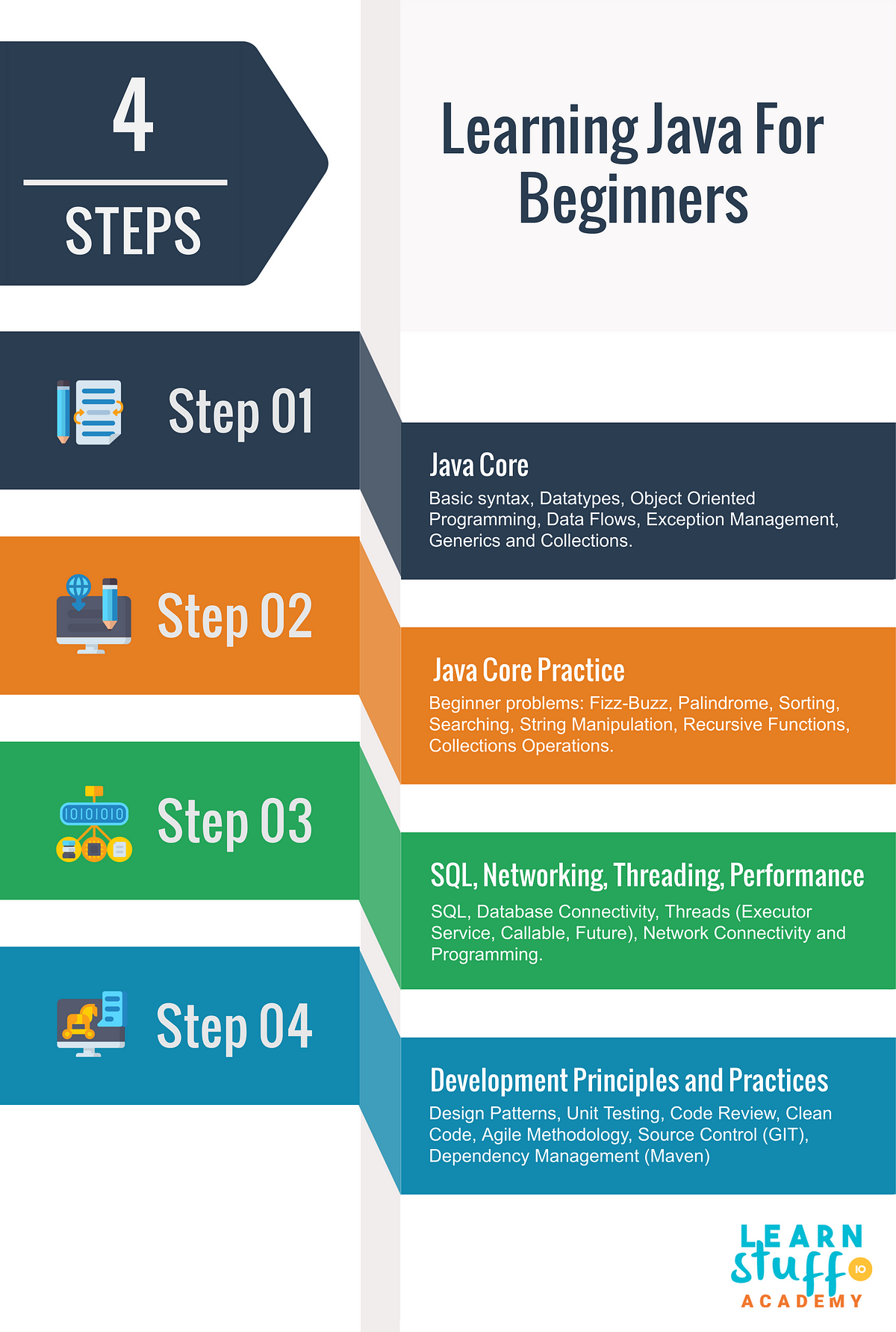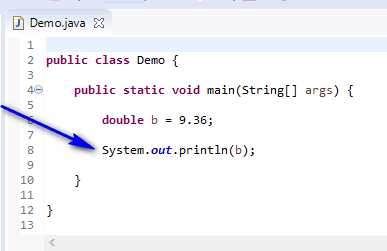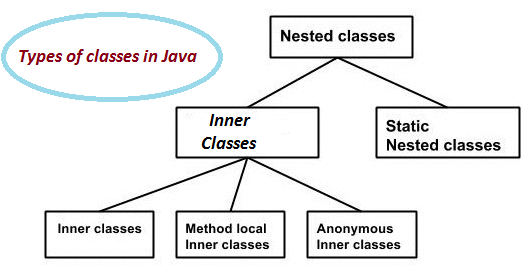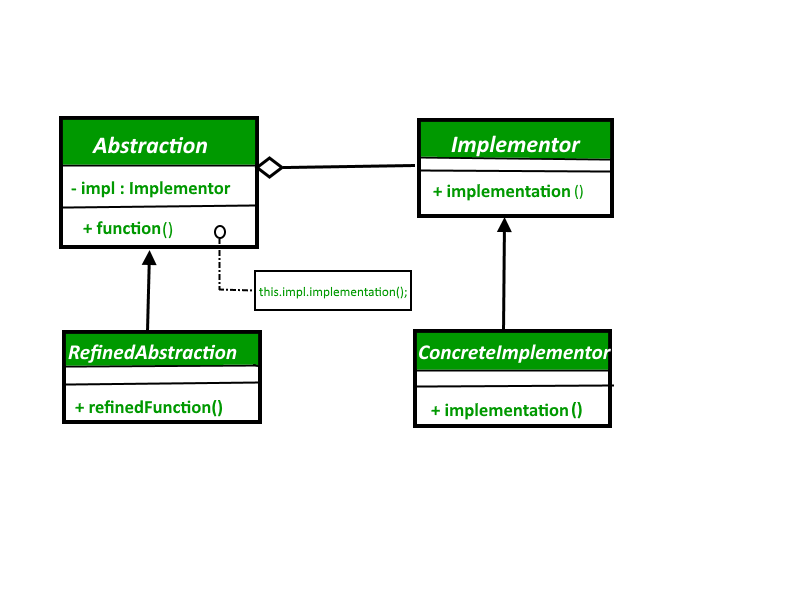What is the alternative to Netty in Java?
What is the alternative to Netty in Java?
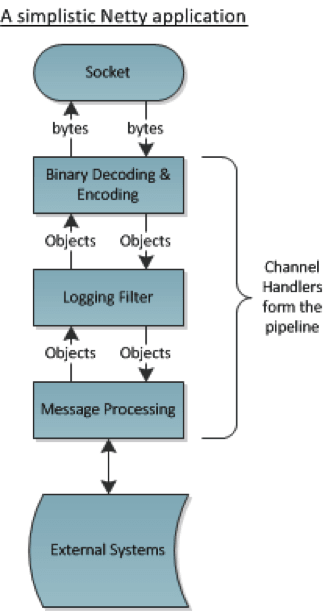
The eternal debate! When it comes to building scalable and efficient network applications in Java, one of the most popular choices is indeed Netty (or NIO-based frameworks). However, there are other alternatives that can serve as a suitable substitute or complement to Netty. Let's explore some of these options:
Apache MINA: This is another NIO-based framework, similar to Netty. MINA provides a simple and lightweight API for building scalable network applications. While it doesn't offer the same level of customization and flexibility as Netty, it can be a suitable choice for smaller projects or when you don't need all the bells and whistles. Java SSLSocket: If your application only requires basic SSL/TLS support without the complexity of building custom protocols or handling multiple connections simultaneously, Java's built-inSSLSocket class might be sufficient. However, this approach is limited in its scalability and doesn't offer much customization compared to Netty.
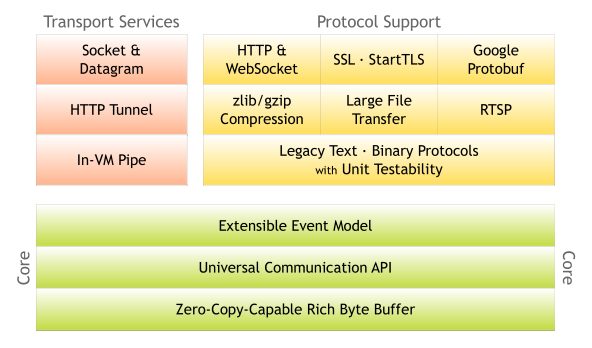
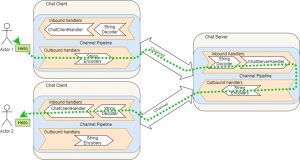
WebSocket class is a suitable choice. This approach, however, might not provide the same level of customization and flexibility as Netty or other frameworks. Grizzly: Grizzly is a lightweight, NIO-based framework designed to build scalable server-side applications. It supports both HTTP and WebSocket protocols and offers an easy-to-use API for building real-time applications. Grizzly is particularly suitable for building RESTful APIs and web servers.
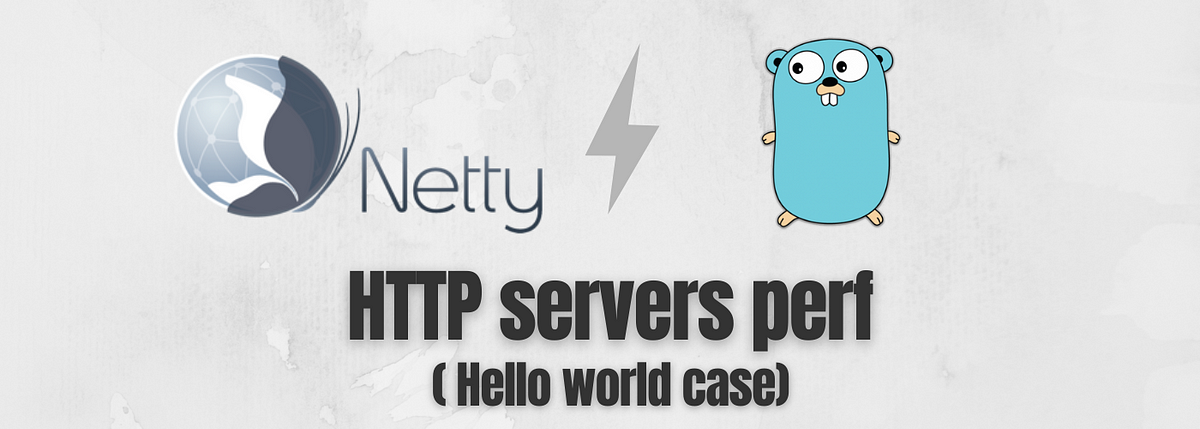
When choosing an alternative to Netty, consider the specific requirements of your project:
Do you need advanced protocol customization or support for specific network protocols? Netty might be a better choice. Are you building a simple web server or RESTful API that doesn't require complex protocol handling? MINA, OpenWebBeans, or Java NIO might suffice. Are you working with WebSockets or real-time applications? Grizzly, Vert.x, or Java WebSocket could be suitable choices.In conclusion, while Netty is an excellent choice for building scalable and efficient network applications in Java, there are other alternatives that can serve as a substitute or complement. Each option has its strengths and limitations, so it's essential to evaluate your project's specific requirements before choosing the best fit for you.
Why use Netty in Java?
I'm glad you asked!
Netty is a popular Java-based network application framework that enables developers to quickly and easily build scalable, high-performance, and reliable network applications. In this answer, we'll explore the reasons why developers choose to use Netty in their Java projects.
1. Asynchronous I/O and Non-Blocking
One of the primary advantages of using Netty is its asynchronous I/O and non-blocking design. This means that your application can process multiple requests concurrently without blocking, allowing for improved performance and scalability. In traditional Java socket programming, each connection requires a separate thread or thread pool to handle the I/O operations. Netty abstracts away this complexity by providing an event-driven architecture that allows you to handle thousands of concurrent connections efficiently.
2. Modular Architecture
Netty has a modular architecture that allows you to easily integrate different protocols, such as TCP, UDP, HTTP, and WebSocket, into your application. This modularity also enables you to write reusable code that can be applied across multiple projects. With Netty, you don't have to start from scratch when implementing a new protocol; instead, you can leverage the existing module and build upon it.
3. Extensive Protocol Support
Netty provides extensive support for various protocols, including:
TCP: The most widely used protocol for reliable, connection-oriented communication. UDP: A best-effort, connectionless protocol suitable for real-time applications. HTTP: A text-based protocol used for web traffic. WebSocket: A bi-directional, real-time protocol for interactive web applications. SSL/TLS: Support for secure connections using the Secure Sockets Layer (SSL) and Transport Layer Security (TLS) protocols.4. Customizable
Netty is highly customizable, allowing you to tailor your application's behavior to meet specific requirements. You can extend Netty's functionality by writing custom handlers, pipeline processors, or event handlers. This flexibility enables developers to create applications that are tailored to their unique needs.
5. Community and Ecosystem
Netty has a strong community and ecosystem surrounding it, which means there are many resources available for learning and troubleshooting. The project is actively maintained by the Pivotal team (formerly known as the JBoss Netty team), ensuring that bug fixes and new features are regularly released.
6. Integration with Other Libraries and Frameworks
Netty integrates seamlessly with other Java libraries and frameworks, such as:
Spring: A popular dependency injection framework. Hibernate: An Object-Relational Mapping (ORM) tool for database interaction. Vert.x: A lightweight, reactive framework for building web applications.7. Performance
Netty is designed to optimize performance by minimizing the overhead of creating and managing threads. Its event-driven architecture enables efficient handling of concurrent connections, making it a great choice for high-traffic or latency-sensitive applications.
In conclusion, Netty provides a robust set of features that make it an excellent choice for building Java-based network applications. Its modular design, extensive protocol support, customization options, strong community, and integration with other libraries and frameworks make it an attractive option for developers looking to create scalable, high-performance, and reliable network applications.
How's that?
